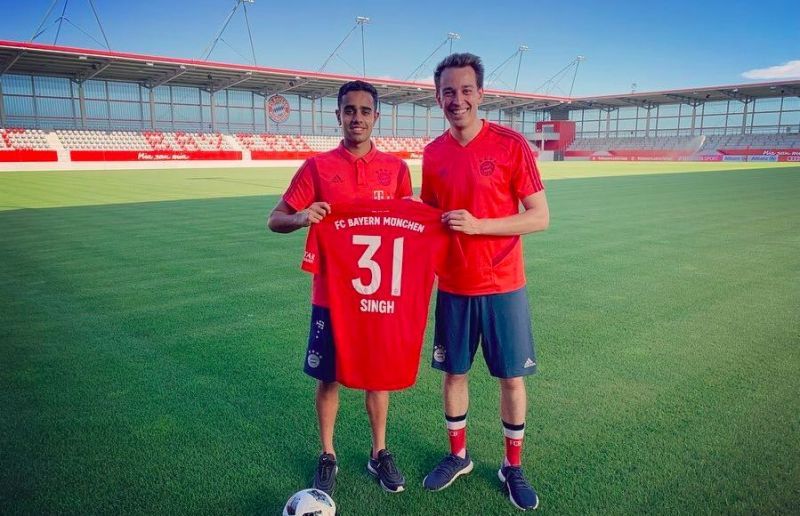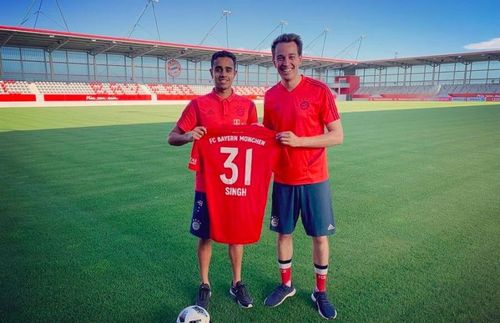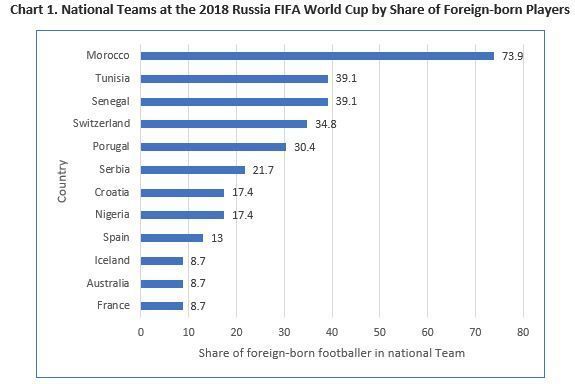
Is there a silver bullet for Indian football?

Recently AIFF secretary Kushal Das, speaking to journalists, admitted the game faced a “crisis”.
“It is no rocket science that we need money to save Indian football. We need investors in Indian football who can help sustain the financial aspect of conducting the game,” Das said.
The reason cricket draws in so much money is that the national team does well. The fact that some Indian Super League teams are owned by famous Indian cricketers offers an indication of the relative standing of the two sports in India.
That does not mean football isn’t popular in India. There is tremendous interest in the English Premier League and other foreign leagues, mostly driven by an urban, younger male audience. Manchester United alone has 35 million supporters in India. Therefore, it is not surprising these days to see Paul Pogba wishing Manchester United fans in India a happy Diwali, or Bayern Munich using their Facebook page to show solidarity with those affected by heavy floods in Kerala.
But there is low public interest when it comes to domestic football. The glamorous ISL launched with fanfare with a heady cocktail of over-the-hill global football superstars, Bollywood glamour and Indian cricket superstars did create an immediate impact- league recorded an average footfall of 24,357, trailing only the Bundesliga, Premier League, and LaLiga.
But interest then began waning, and average attendance figures plummeted to 13,055 in a short span of five years. Television viewership has also seen a major slump.
Despite the best efforts of IMG-Reliance and Star India, it seems Indian football is fighting a losing battle to keep its fans.
The primary reason behind MLS's ( Major League Soccer) success has been the exploits of the U.S national team. USMT has repeatedly qualified for Fifa World Cup from the 1990s and that has had a spin-off effect on the MLS in the subsequent years.Unfortunately, the ISL which follows a similar model does not enjoy the same luxury.
Current Indian coach Igor Stimac recently in an interview highlighted the deficiencies in the Indian football structure and the uphill task India faces.
"It is a long process. It is not only about coach and the players. It is about improving infrastructure. It is also about not giving long breaks in the calendar as much it is about changing the number of games in a year.
You cannot dream of becoming a strong force if you're are playing 20 games a year. The number should a minimum of 50 for a player to realise his optimum". Stimac said.
With the current structure and limited finances, the AIFF faces an onerous task of lifting India's football fortunes. Without aggressive corporate and government support, the game faces an existential threat.
So, is there a silver bullet for Indian football?
The silver bullet that has been proposed over the years— is to create a pathway for PIO players to represent India on the international stage.
PIO players will not only help improve India’s standings in world football but also most importantly create icons that would grab the attention of sponsors, fans and the media.
“ The development of Indian heroes and icons is likely to be one of the most important factors influencing interest in football." says Simon Chadwick, professor of sports enterprise at Salford Business School, University of Salford.
Let’s take the case of Sarpreet Singh. The Indian origin New Zealand midfielder recently secured a move to German powerhouse Bayern Munich.
Sarpreet Singh was eligible to represent India but due to Indian rules not permitting PIO players to represent the country, the Indian national team missed out on yet another promising talent.
The 2014 and 2018 World Cup has put to the limelight how countries have turned to a global diaspora to achieve success in football. To elucidate this point, let take the case of Morocco. It took advantage of its vast diaspora scattered across Europe,including at least 17 foreign-based players in the squad.

Morocco’s top scorer, Hakim Ziyech was one of five Dutch-born players in the Moroccan roster in Russia. Others were scouted from Belgium, Germany and Spain.
To be sure, Morocco isnt the only team to have courted players from the diaspora to boost their talent pools. Algeria shone in 2014 with a squad that included 16 French-born players. Senegal, United States, Portugal, Iran, Tunisia and even host Russia have called in players who were born abroad.
For football to become more popular and the sport a financially viable proposition in India, the national team needs to perform well and inclusion of PIO players provides an immediate and miraculous fix to the problem.
Many, including former Indian coach Stephen Constantine believe incorporating Persons of Indian origin (PIO) footballers in the national side could be a watershed moment for Indian football.
"Football is the biggest game in the world. It's the most watched, most talked about, most televised, most advertised and the most followed sport in the world. And if Indians abroad can help improve our standings in world football, I think, there's every reason we should look at it," Constantine had said.